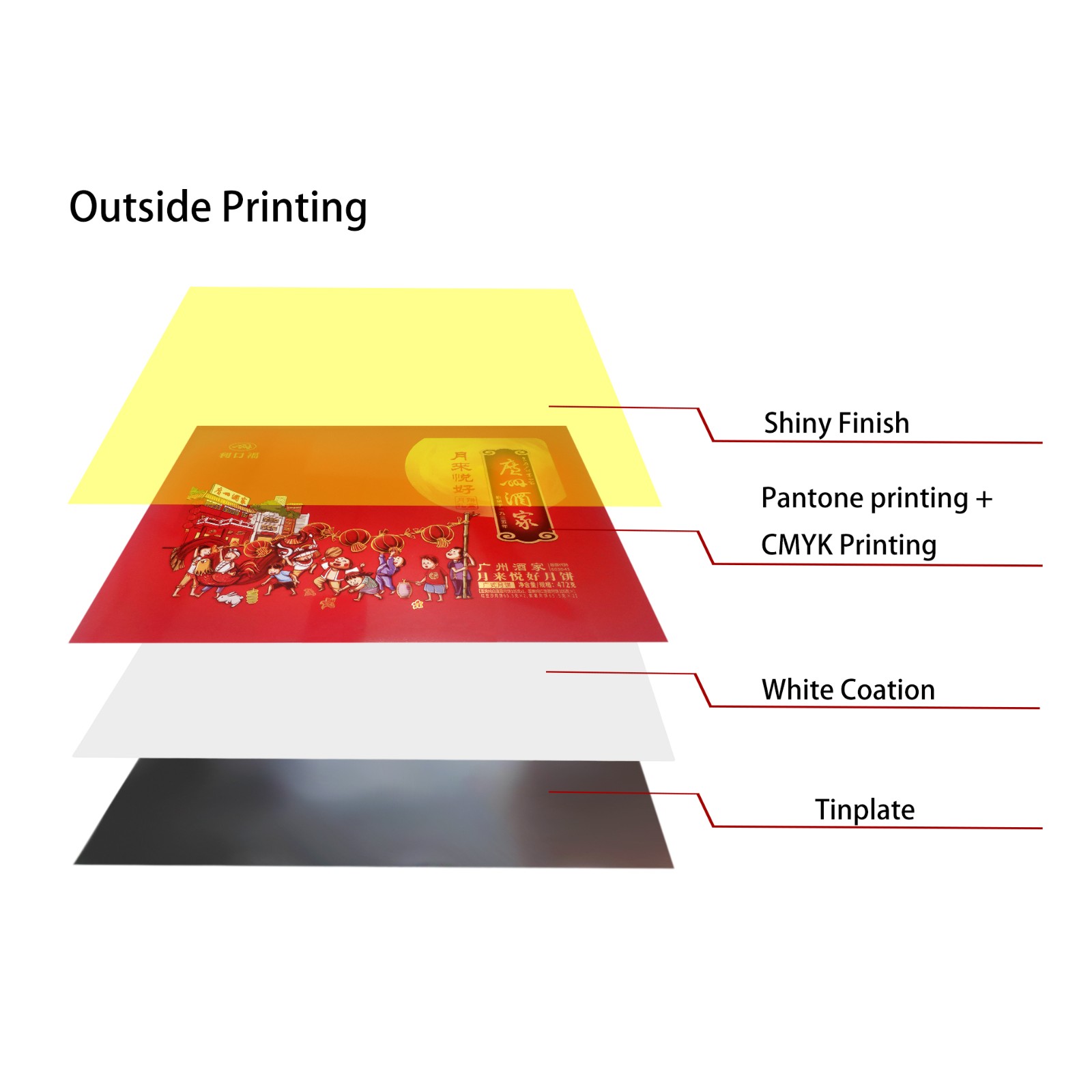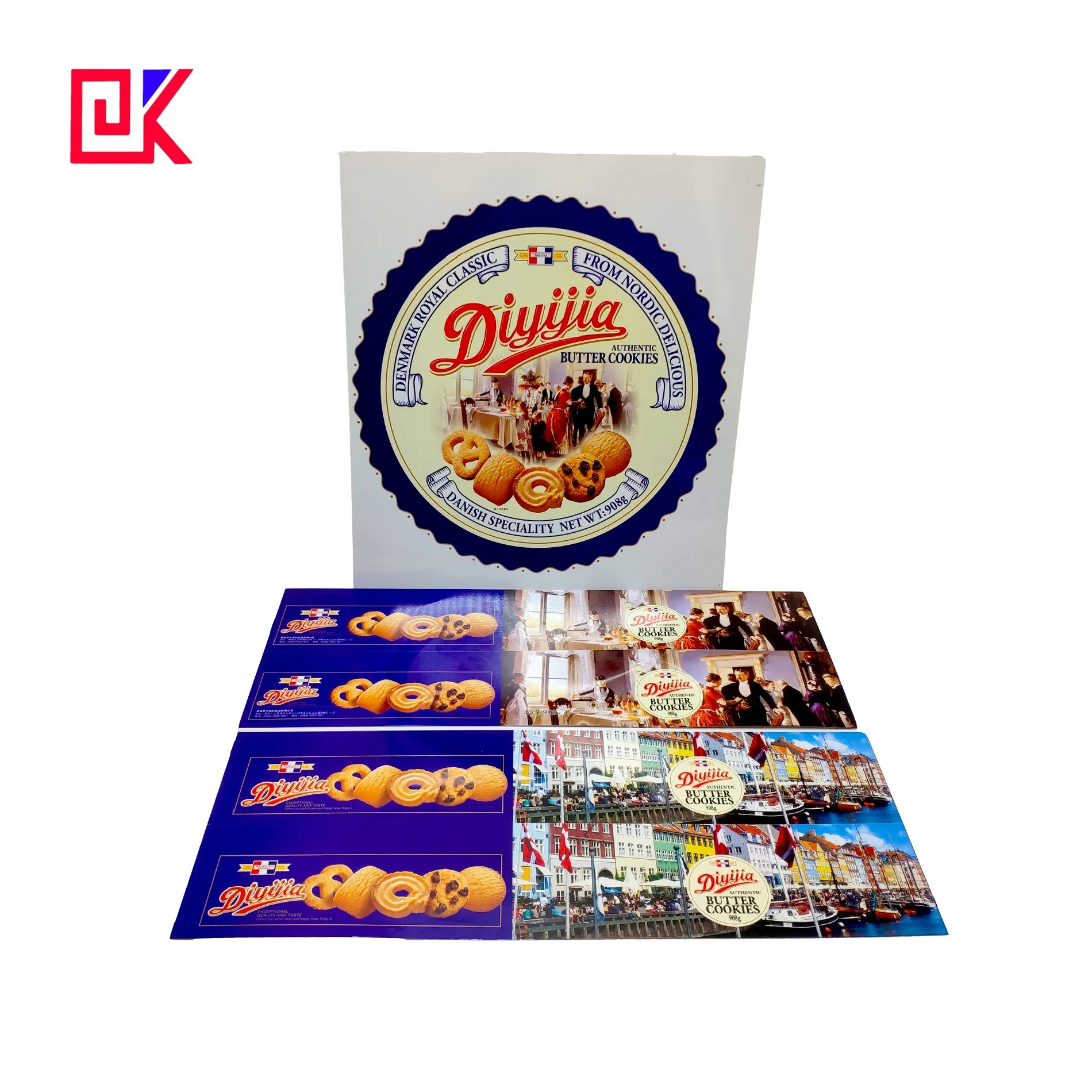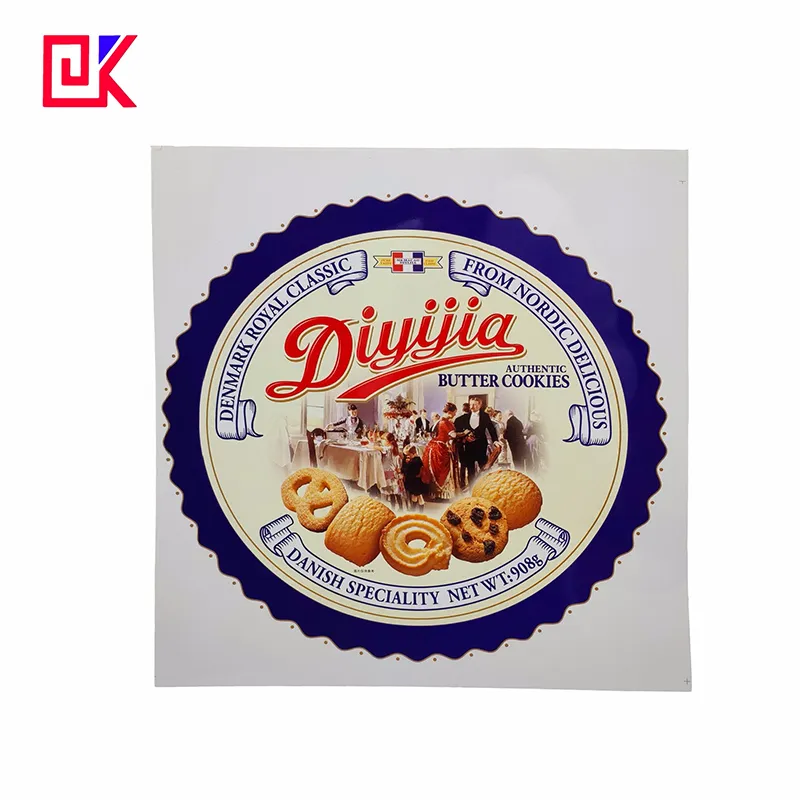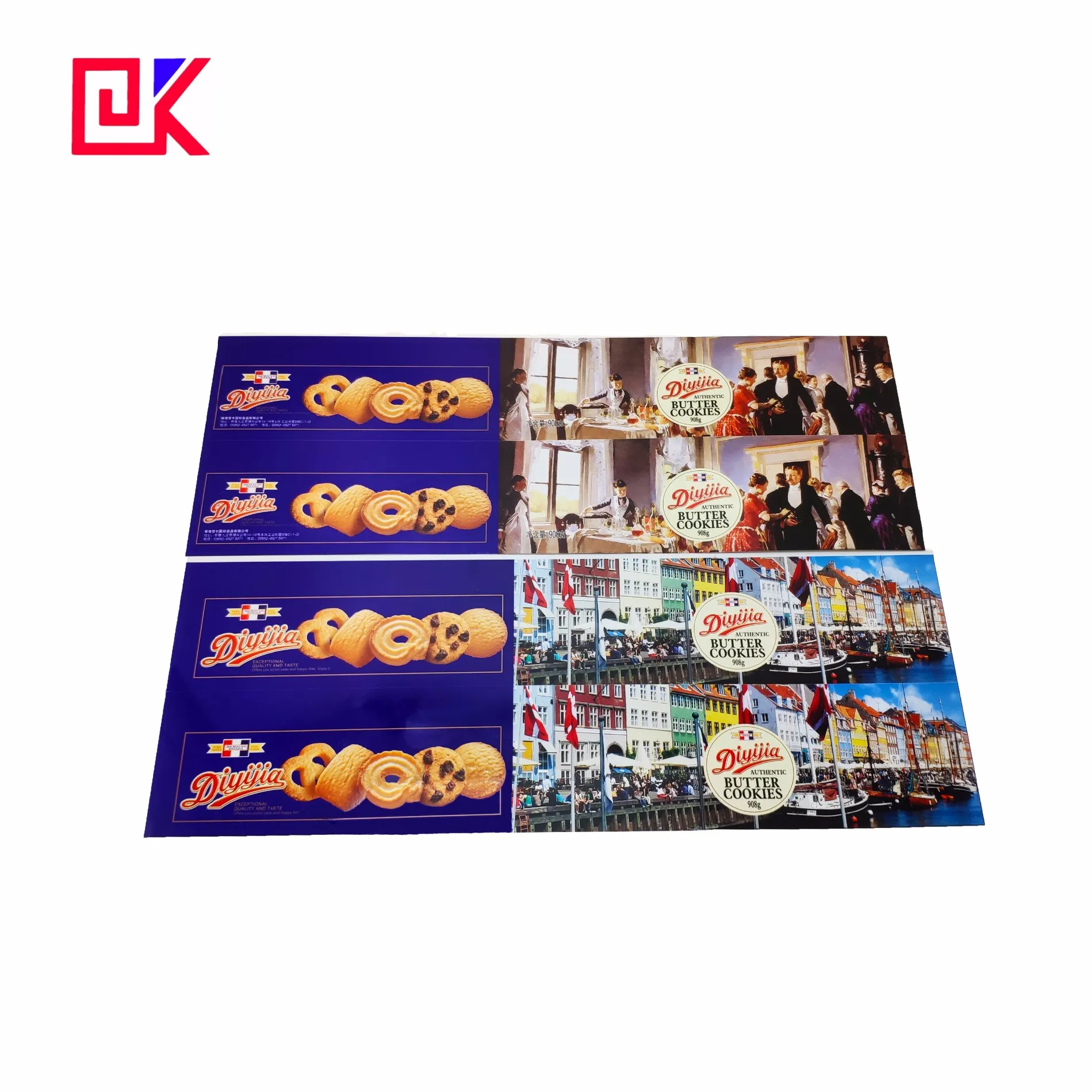Tinplate sheet, as a metal material widely used in food packaging, has become one of the mainstream choices in the field of food packaging due to its excellent corrosion resistance and durability. Its main feature is that a layer of tin is plated on the surface of the iron material, which prevents the oxidation of iron by physical and chemical means, avoids metal corrosion, and ensures the safety and stability of food packaging. However, as an important technical parameter in food packaging, the thickness of tinplate plays a vital role in the production, packaging and circulation process.
This article will deeply explore the thickness requirements of tinplate sheet in food packaging and its impact on the quality of food packaging, to help people inside and outside the industry better understand and master this important technical parameter.

What is tinplate?
Tinplate is a metal material coated with a layer of tin on the surface of steel plate. It has both the strength of steel and good corrosion resistance due to the tin layer on the surface. It is widely used in food, beverages, paints and chemicals. The manufacturing process of tinplate sheet is generally divided into cold-rolled steel plate tinning method and electroplating method. These two process methods can ensure that the tinplate has sufficient surface finish, corrosion resistance and weldability.
Because tinplate sheet has good barrier properties and mechanical properties, it can effectively prevent food from contacting with the outside air, extend the shelf life of food, and withstand certain mechanical impact. Therefore, tinplate sheet has become one of the preferred materials in the field of food packaging.
How thick is the tinplate used for food packaging?
The thickness of tinplate for food packaging is generally measured in millimeters (mm). Thickness refers to the total thickness of the iron sheet, including the thickness of the tin layer and the base iron plate. The thickness of tinplate is a key factor affecting the strength, sealing, compressive resistance and processability of the packaging.
Technical standards for tinplate thickness:
Internationally, the thickness of tinplate is usually between 0.13mm and 0.50mm, but the thickness of tinplate used for food packaging is relatively thin, usually concentrated in the range of 0.13mm to 0.30mm. Different food types, packaging forms and storage conditions have different requirements for tinplate thickness. For most food cans, the common tinplate thickness is between 0.18mm and 0.25mm, which can ensure the structural strength of the packaging without making the packaging too bulky.
EU Standards
In the EU, there are strict technical standards for the thickness of tinplate used for food packaging. According to relevant EU regulations, the thickness of tinplate used for food can packaging shall not be less than 0.14mm to ensure that the cans can maintain integrity and sealing during processing, transportation and storage. For some special food packaging, such as high-acid food packaging, the thickness of the tinplate usually needs to be thicker to better resist the corrosion of acidic substances to the metal.
US Standards
The United States also has relevant requirements for the thickness of tinplate sheet for food packaging. According to the regulations of the US Food and Drug Administration (FDA), tinplate packaging materials must be able to effectively isolate the external environment and maintain the freshness of food within the specified shelf life. Therefore, the thickness of tinplate used for food packaging should be between 0.15mm and 0.30mm to meet the requirements of different types of food.
In China, the GB/T 2520-2015 standard is the basic guidance document for the production and use of tinplate sheet. The standard clarifies the measurement method, application field and technical requirements of tinplate thickness. When choosing the thickness of tinplate sheet, food companies usually need to follow these national standards to ensure the quality and safety of packaging.

What are the factors that affect the thickness of tinplate?
The factors that affect the thickness of tinplate are:
1. Food type
2. Packaging form
3. Transportation and storage conditions
There are many factors that determine the thickness of tinplate, including the nature of the food, packaging form, processing method, etc.
Food type
Different foods have different chemical properties and different requirements for packaging materials. For example, highly acidic foods (such as canned fruits, tomato products, etc.) are more likely to react with metals, requiring a larger thickness of tinplate sheet to increase the coverage area of the tin layer and enhance the anti-corrosion effect. In contrast, the packaging of low-acid or neutral foods (such as meat, soy products, etc.) has relatively low requirements for the thickness of tinplate, because such foods have a lower risk of chemical reactions after contact with metals.
Packaging form
The form of tinplate packaging directly affects the thickness selection. Common food packaging includes round cans, square cans and special-shaped cans. Different shapes of cans need to withstand different pressures and stresses during processing, and the thickness also changes accordingly. Because round cans have a more stable structure, the required tinplate thickness is usually less than that of square cans at the same volume, while special-shaped cans need to overcome more deformation pressure, so the tinplate thickness needs to be appropriately increased.
Transportation and storage conditions
The tinplate thickness of food packaging also needs to be determined according to transportation and storage conditions. If food cans need to undergo long-distance transportation or need to be stored in harsh environments, thicker tinplate can provide better pressure resistance and wear resistance, thereby ensuring that the cans will not be damaged or deformed due to changes in the external environment. For food packaging that only needs to be consumed in a short period of time, the thickness of tinplate can be appropriately reduced to reduce packaging costs.
What is the impact of tinplate thickness on food safety?
Food safety is the primary consideration in tinplate packaging design, and the thickness of tinplate sheet has a direct impact on food safety. If the thickness of tinplate is not enough, the packaging strength may be insufficient, and it may be easy to break or deform during production and circulation, which will affect the sealing performance and cause food contamination; if the thickness is too large, it may increase the cost and weight of the packaging, and more energy will be consumed during the processing.
Anti-corrosion performance
The tin layer on the surface of tinplate is the first barrier to prevent iron oxidation. The thicker the tin coverage, the stronger the anti-corrosion performance and the higher the safety of food packaging. For foods with high acidity (such as fruits, tomato products, etc.), a thin tin layer may not provide sufficient protection, and the acidic components in the food may corrode the tinplate, thereby affecting the quality of the food.
Packaging strength
The thickness directly determines the strength of the packaging. Food packaging must be able to withstand the mechanical stress encountered in various links from production, filling, sealing to transportation and sales. If the thickness of tinplate sheet is not enough, the packaging is easy to deform or even break in these links. Although too thick tinplate can provide sufficient strength, it will also increase the weight of the packaging, which is not conducive to transportation and sales.

How to control the thickness of tinplate in production?
In the production process of food packaging, how to accurately control the thickness of tinplate is a technical challenge. At present, tinplate is mainly produced by cold rolling process, and thickness control is crucial in the cold rolling process. Modern production equipment uses computer control system to precisely adjust parameters such as rolling pressure, speed and temperature to ensure the production of tinplate sheet that meets the standards.
In addition, tinplate sheet needs to go through multiple inspection procedures during the production process to ensure that its thickness is uniform, the surface is smooth, and the tin layer has strong adhesion. In these procedures, precise measuring instruments and strict quality inspection standards jointly guarantee the quality and safety of tinplate for food packaging.
In the future, although the specific development trend will not be discussed, it can be foreseen that the requirements for the thickness of tinplate in the field of food packaging will become more and more stringent, especially under the dual pressure of food safety and environmental protection. Choosing the right tinplate thickness will become an important consideration for enterprises in market competition.
As the philosopher Plato once said: "The measure of a thing is not its appearance, but its meaning." For food packaging, the thickness of tinplate sheet is the carrier of this meaning. It not only determines the functionality of the packaging, but also affects consumers' trust and brand image to a certain extent. Therefore, understanding and choosing the appropriate tinplate thickness is an important link that every food packaging company cannot ignore in the production process.


